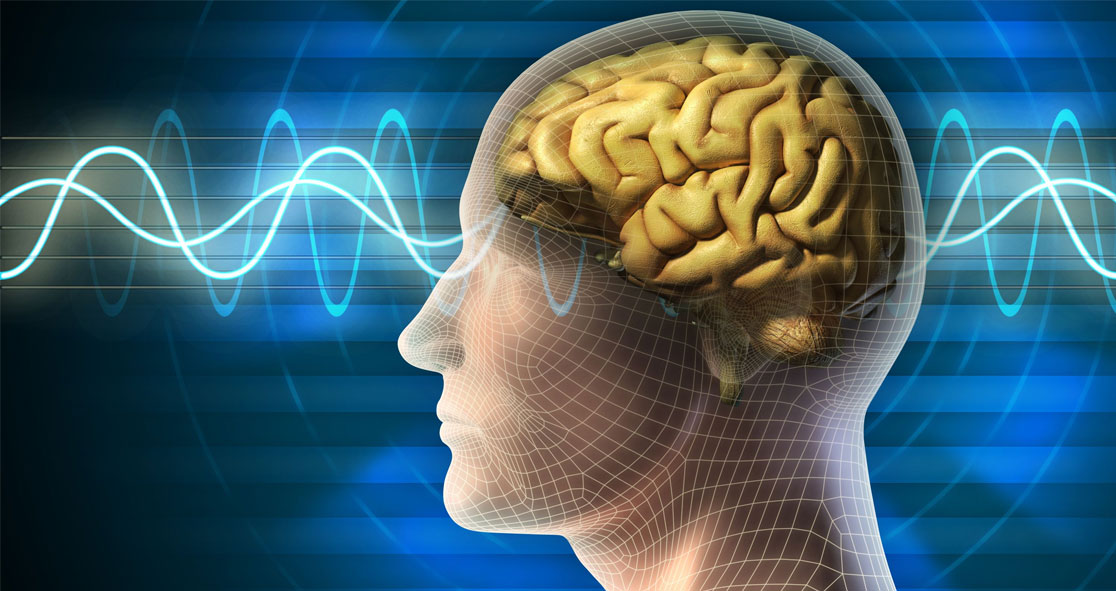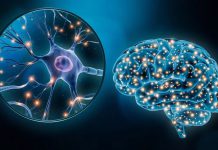Glutamate, a neurotransmitter that nerve cells use to send signals to other cells, is the most powerful substance for neuronal communication. In fact, it is the most abundant excitatory neurotransmitter in the nervous system.
One of the major functions of glutamate is the slow restructuring of networks of the nerve cells due to learning and memory acquisition, a process known as synaptic plasticity.
After a brain injury or stroke or in neurodegenerative disease, glutamate can accumulate to toxic levels outside of nerve cells and damage them.
Prof. Shigeki Watanabe of Johns Hopkins University School of Medicine wrote a paper that described how glutamate signaling works in the brain to enable communication between nerve cells and other cells.
In the paper, which was published Friday in Nature Communications, Prof. Watanabe described how this neurotransmitter is released from neural synapses after the neuron fires.
He said, “With this paper, we uncover how signals are transmitted across synapses to turn on the switch for plasticity.”
“We demonstrate that glutamate is first released near AMPA-type glutamate receptors, to relay the signal from one neuron to the next, and then near NMDA-type receptors immediately after the first signal to activate the switch for synaptic plasticity,” Prof. Watanabe added.
The paper was also partly conducted in the Marine Biological Laboratory (MBL), where Prof. Watanabe is a researcher and faculty member.
“It began in 2018 with (course students) Raul Ramos and Hanieh Falahati, and then we followed up in 2019 with Stephen Alexander Lee and Christine Prater,” Prof. Watanabe said.
“Shuo Li, the first author, was my teaching assistant for the Neurobiology course for both years,” he added.
Prof. Watanabe will be returning to the MBL this summer to teach and discover more. The article was originally published in Medical Xpress.























